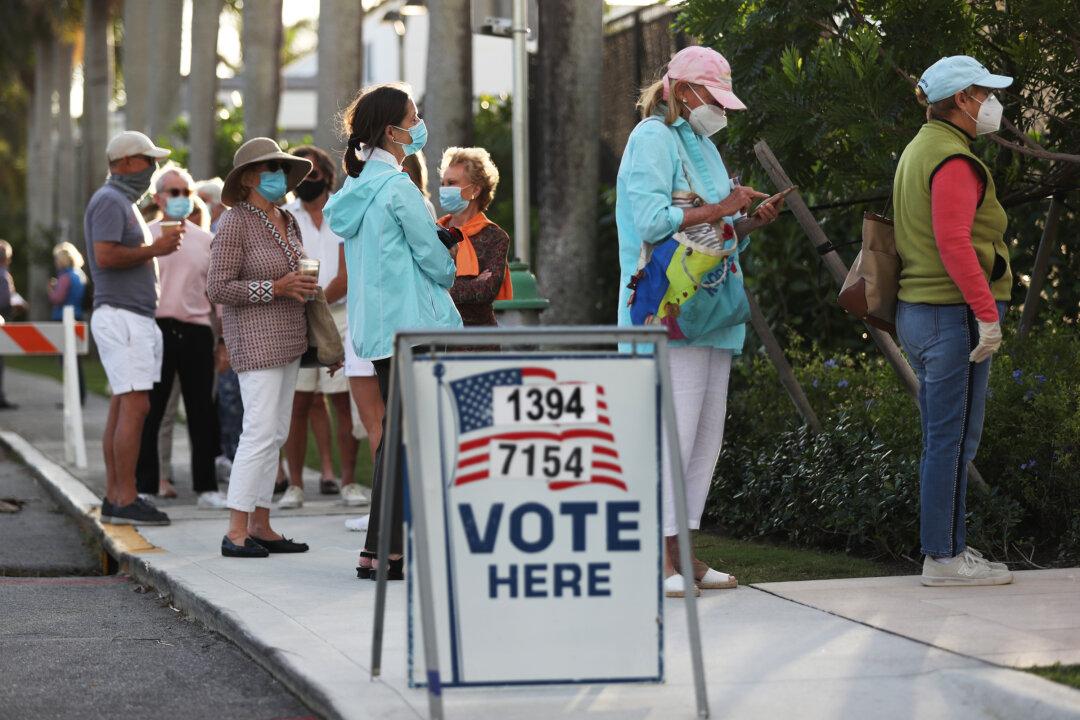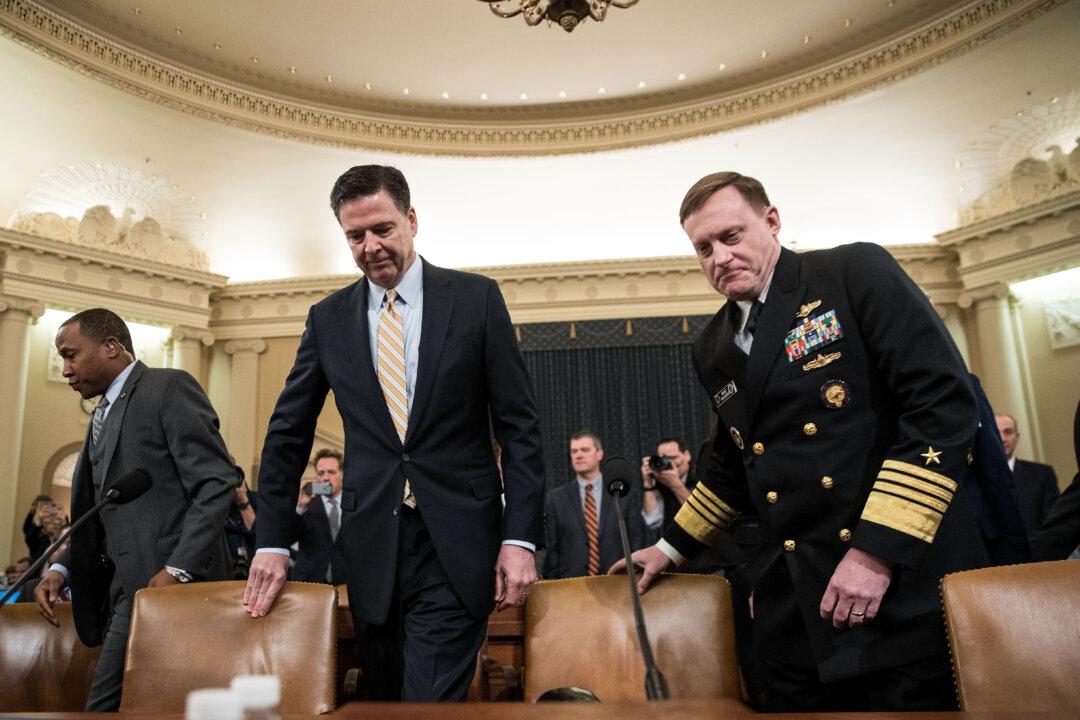President Donald Trump won the state of Florida in the early hours of vote counting on Election Day, broadening his path to victory as key battleground states were still tallying ballots.
As of 8:21 p.m. New York time on Nov. 3, multiple media outlets called victories for Trump in West Virginia, Kentucky, Indiana, Tennessee, Missouri, Alabama, and Oklahoma, all states he was widely expected to win.





